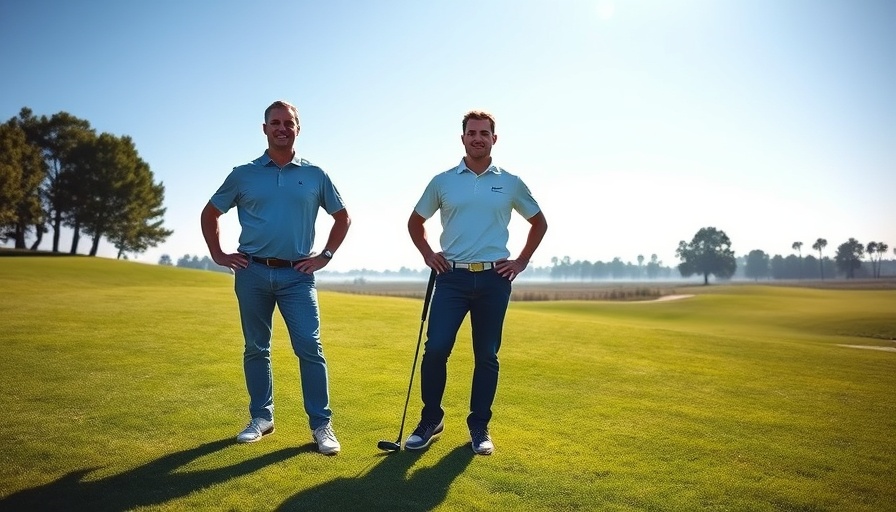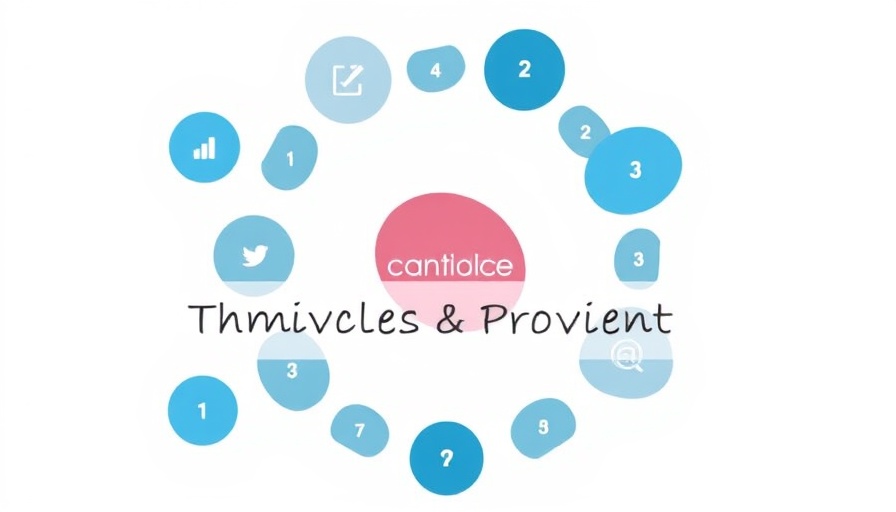
Unlocking Potential: The Role of GLP-1 Medications in Health Transformation
Recent large-scale studies have illuminated the remarkable benefits of GLP-1 medications like semaglutide, transcending the traditional view of weight loss as merely an aesthetic goal. These groundbreaking findings reveal that these weight-loss drugs might significantly lower the risk of conditions such as dementia and stroke. This shift in understanding emphasizes that weight loss may serve as a springboard for broader health improvements, affecting both physical and cognitive well-being.
The Evidence Speaks: Study Findings That Could Change Lives
The implications of this research are profound. In an extensive global analysis involving over 60,000 patients over seven years, researchers made startling discoveries regarding GLP-1 receptor agonists:
- A 37% reduction in dementia risk: This statistic suggests strong neuroprotective benefits inherent to the medications.
- A 30% decrease in all-cause mortality: Indicating that patients are significantly less likely to die prematurely from any cause.
- A 19% lower risk of stroke: A reduction that may alter the trajectory of countless lives, lessening the chances of devastating cardiovascular events.
These compelling results are reshaping perceptions of obesity, revealing its complex interplay with chronic diseases traditionally thought to be unrelated.
Broader Implications: Understanding the Connection Between Obesity and Cognitive Decline
While obesity has long been linked to physical health issues like heart disease and diabetes, these studies reveal an equally alarming association with brain health. The research published in JAMA Neurology indicates that obesity influences metabolic and inflammatory pathways crucial to brain aging and vascular health.
The anti-inflammatory characteristics of GLP-1 medications appear to significantly alter neurodegenerative processes. Chronic inflammation is suspected to accelerate cognitive decline, paving the way for conditions such as Alzheimer's disease. The action of these drugs in mitigating inflammation offers a beacon of hope for patients and healthcare professionals alike.
Challenging Common Misconceptions About Weight Loss
It's essential to recognize that weight loss is often oversimplified in popular discourse. Many tend to view it through a purely cosmetic lens, forgetting its profound implications for overall health. This research encourages a reevaluation of why weight loss is critically important—not just for appearance, but for its potential to enhance life expectancy and promote cognitive health.
Looking Toward the Future: What This Means for Healthcare
The transformative potential of GLP-1 medications sparks excitement about future treatments for obesity and related health conditions. As we delve deeper into how these medications work, healthcare practitioners will likely advocate for a dual approach: integrating weight loss with cognitive health strategies.
This symbiotic relationship presents opportunities for holistic health care that prioritizes both physical and cognitive wellness. Patients must be educated on these potential benefits, allowing them to make informed decisions about their health.
Taking Action: The Time for Change is Now
Real change starts with awareness and education. As the medical landscape evolves, it becomes imperative for individuals to stay informed about innovations in treatments that combine weight management with broader health benefits. Seeking guidance from healthcare providers on GLP-1 medications can be the first step toward reclaiming health.
In conclusion, embracing weight loss as a multifaceted opportunity for improved quality of life opens new avenues for self-improvement. Those interested in exploring GLP-1 therapy should consult their healthcare providers to understand how this could align with their health goals.
 Add Row
Add Row  Add
Add 



Write A Comment